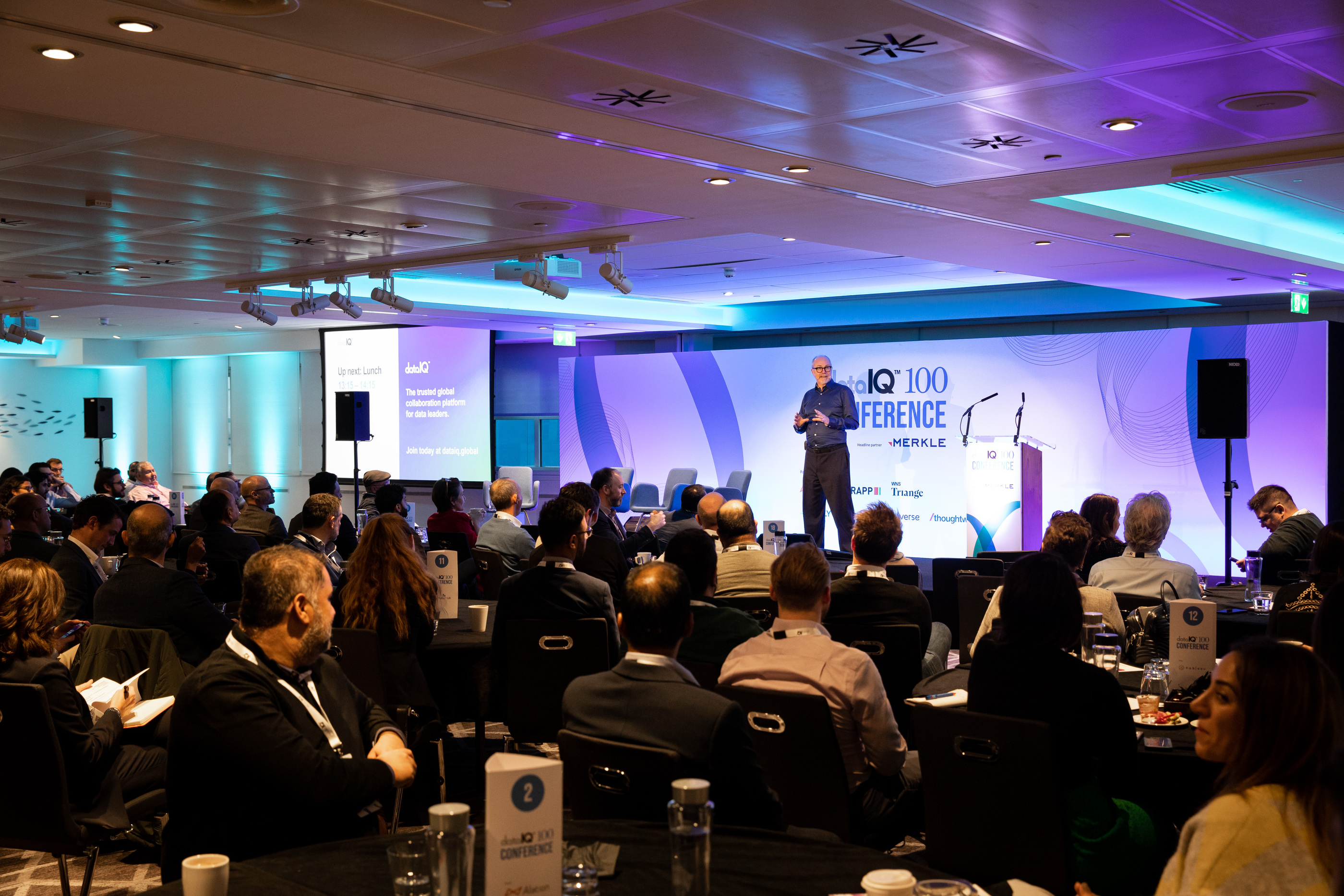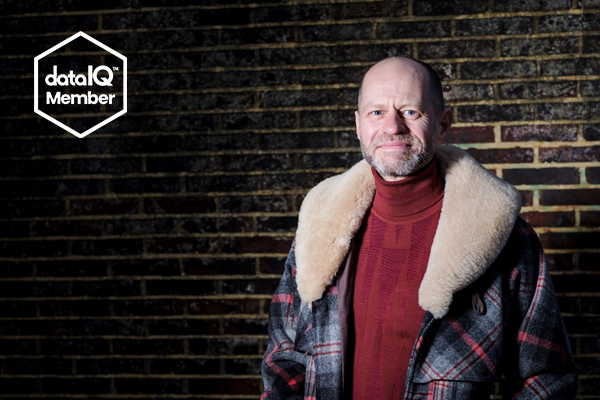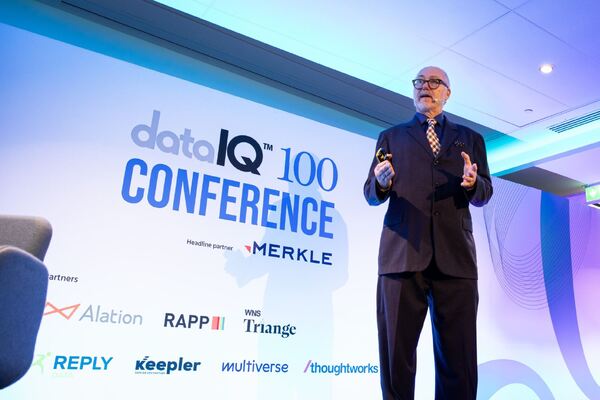Alan Jacobson - a journey from transit vans to data platforms
As chief data and analytics officer (CDAO), Alan Jacobson is responsible for driving data initiatives and accelerating digital business transformation for the company’s global customer base. A data scientist since before the term became current and having held a number of positions at Ford Motor Company, eventually leading a team of data scientists driving digital transformation across the enterprise, he spoke to DataIQ about the way data and analytics are changing as a practice and how they change the way organisations operate.

DataIQ (DIQ): First of all, what has been your career path up to now?
Alan Jacobson (AJ): My career path has been varied. I am a mechanical engineer by education and my first roles were all about computer-aided design and software for aircraft design, then data science for optimisation, although it was not called that 25 years ago. Then I moved into automotive manufacturing and worked in many areas from engineering to designing parts for vehicles, including for one of the most popular in the UK, Ford’s Transit Van. I also created start-ups within larger organisations.
The common thread was being able to use data and analytics to solve hard problems in every area. I really enjoyed that - the bigger and more significant challenge, the more so. I also enjoyed the people aspect. The only way to effect change is by working as a team to make it happen.
A year ago, I moved to Alteryx where I have the opportunity to do true data science solving business problems. As a technology company, we are helping other businesses to adopt data science while also building data science into our products. My team is part of both of those digital transformations and they have similar issue - understanding people, financial objectives, controls and audits. There are differences between manufacturing and software development, of course, but products have more commonalities than differences.
DIQ: Over that time, how has the nature of data and analytics changed, especially how it is perceived by business?
AJ: Capabilities today are very different compared to at the start of my career. Compute power is 10,000-times faster than 25 years ago - that is a mind-blowing speed increase. So if you are doing things now the same way as at the start of your career, then you are leaving a lot on the table.
There is an army of algorithms and software like Alteryx available which mean you can build a neural network using drag and drop on the fly in minutes or even seconds and get results from large sets of data. Most analytics when I started were done by people in specific domains, for example aircraft engineering.
More recently, we have seen a trend for centralising data analytics and data science into centres of excellence or IT. But that pendulum is now swinging back towards putting them where they can understand the business problem and gain domain knowledge. You do need a central team to help with the democratisation so it can then be done by any knowledge worker.
It swings back and forth, but the analytics genie is out of the bottle. Companies are at different places on that journey and some are just getting into it now, while others are doing advanced analytics, modelling future behaviour and next best actions. But at least most companies are on the journey.
The pendulum swings back and forth, but the analytics genie is out of the bottle.
DIQ: How natural is the fit between data and analytics within a single role, such as yours?
AJ: Historically, when the first companies started on this journey 15 to 20 years ago, they appointed their first chief data officers (CDOs). They were all called that and there were no chief analytics officers (CAOs) or combinations. At conferences and in conversations, it was all about the data and there was a lot of hype around whether you had terabytes or petabytes of it.
Five years ago, that conversation changed and it became about what algorithms you were using, or deep learning, artificial intelligence, natural language processing and all the other analytical methods. As that hype cycle grew, CAOs started cropping up as a demonstration of what companies were doing with their data.
Now are seeing a new set of job titles, like chief transformation officer. What they have in common is a focus on outcomes. That is a reflection of the maturity from seeing data as the new oil to recognising it needs an engine to drive. So now, return on investment is key.
DIQ: How well understood by business is the importance of data and analytics as part of digital transformation?
AJ: Most companies understand that digital transformation and leveraging digital technologies could be the difference between life and death. So they are investing and want to do it, but they struggle with how to do it. They are not sure whether to focus on data governance or on outcomes. They are not sure what the vision is. Most analysts do focus on the outcome and all the other pieces then fall out of that, not vice-versa.
Did you find this content useful?
Thank you for your input
Thank you for your feedback
Next read
You may also be interested in
DataIQ is a trading name of IQ Data Group Limited
10 York Road, London, SE1 7ND
Phone: +44 020 3821 5665
Registered in England: 9900834
Copyright © IQ Data Group Limited 2024
 David Reed
David Reed



